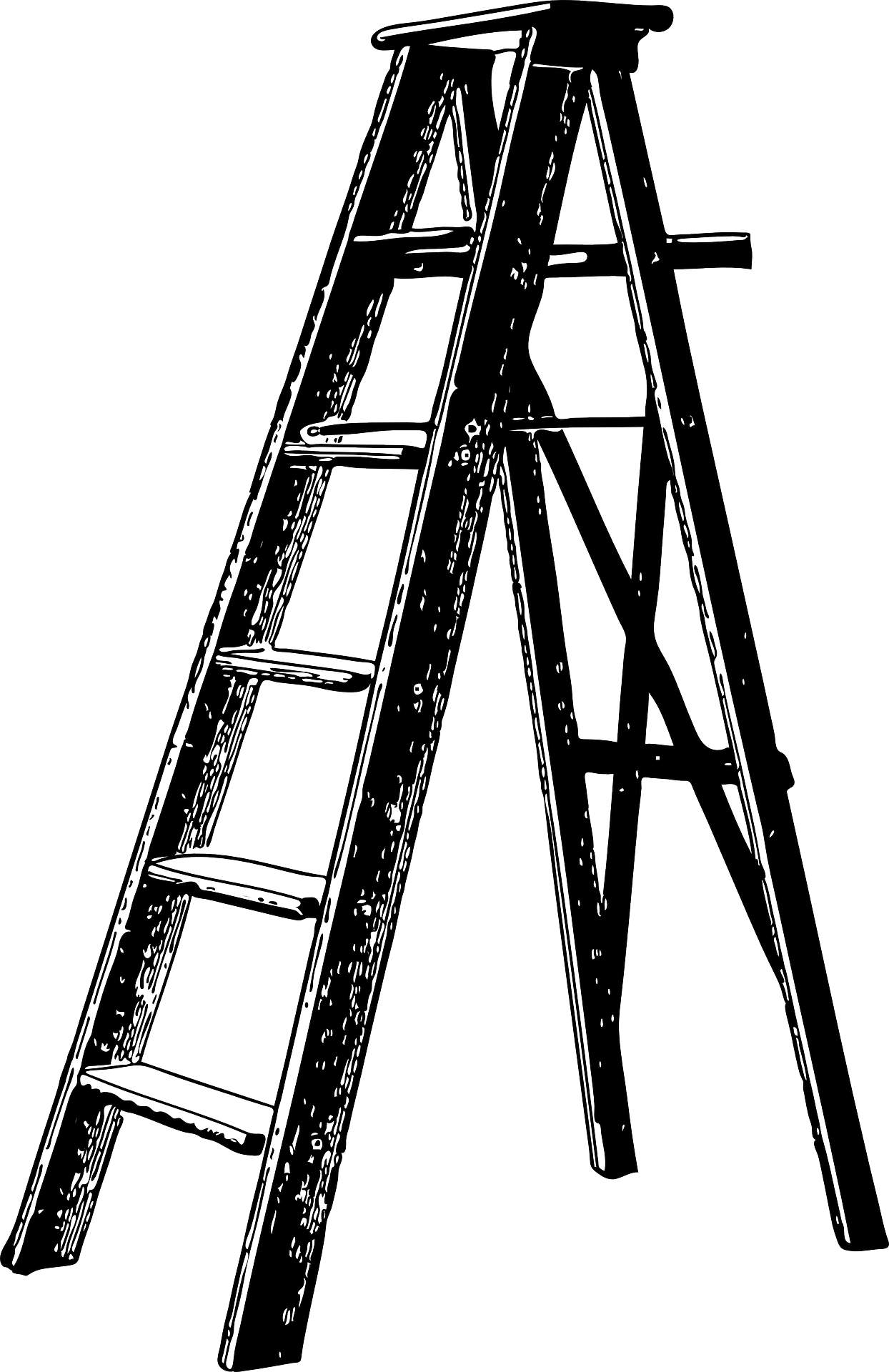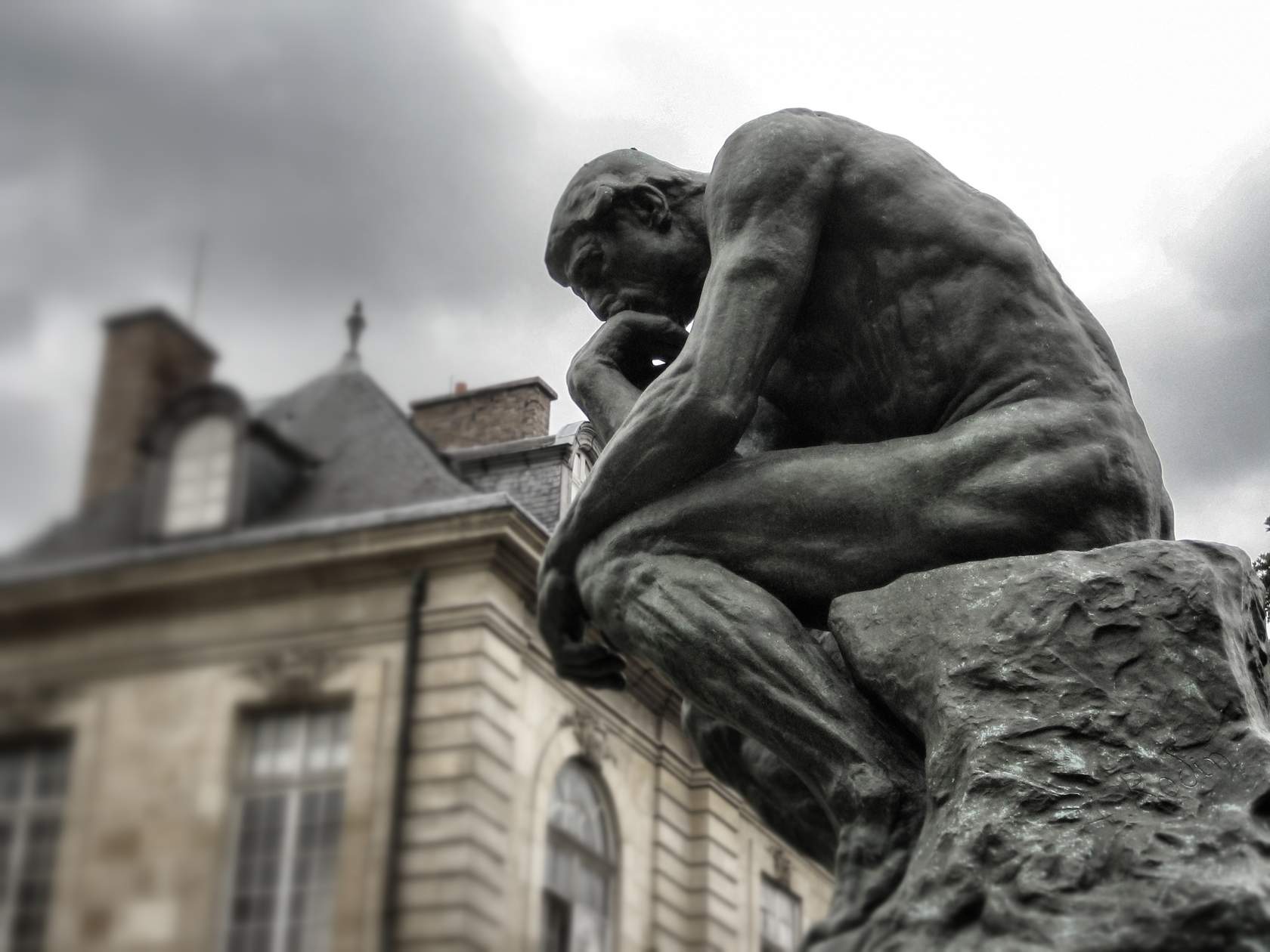41 The ladder of good thinking
The ladder of good thinking
David Hawkins and his team1 have developed a ladder of critical thinking. The ladder helps us to understand the stages and styles of thinking development. Their work comes from clinical research. We think that clinical research is a very useful context to use to understand critical thinking. In many ways it is, like yours, a context where lives and safety are among the main concerns.
Select the buttons on the Critical Thinking Ladder below and read the descriptions of the stages:

In your roles you will be most focused on Stages Four, Five and Six. The information provided below explains these three stages further:
Practising thinkers know the patterns of thinking that suggest the thinking is flawed and they understand the basics of reasoning and standards for assessing reasoning. They know that our thinking needs to be monitored and challenged. They actively analyse their thinking in many areas of their lives. They are on the way to assess their thinking and that of others in a systematic way. They understand that there are mechanisms and short cuts that lead to flawed decisions and they work to assess and critique their own conclusions, beliefs and opinions. They are still working towards developing deeper levels of thought and the challenges of good thinking.
Your turn:
Now you have read this example take a moment to identify someone in your life who demonstrates these characteristics and operates at this level of thinking.

The ladder of good thinking
David Hawkins and his team1 have developed a ladder of critical thinking. The ladder helps us to understand the stages and styles of thinking development. Their work comes from clinical research. We think that clinical research is a very useful context to use to understand critical thinking. In many ways it is, like yours, a context where lives and safety are among the main concerns.
Select the buttons on the Critical Thinking Ladder below and read the descriptions of the stages:

| Stages of Critical Thinking Development | |||||
| Accomplished Thinkers | |||||
| Intellectual skills and virtues have become second nature in their lives | |||||
| Advanced Thinkers | |||||
| These thinkers are committed to lifelong practice and are beginning to internalise intellectual virtues | |||||
| Practicing Thinkers | |||||
| These thinkers regularly practice and advance accordingly | |||||
| Beginning Thinkers | |||||
| These thinkers try to improve but without regular practice | |||||
| Challenged Thinkers | |||||
| These thinkers are faced with significant problems in their thinking | |||||
| Unreflective Thinkers
The unreflective Thinker does not demonstrate the ability to examine their own actions and cognitive processes. Lacking knowledge about cognition, s/he is unaware of different approaches to thinking and cannot examine either their own or others’ cognitive processes |
|||||
|
|
In your roles you will be most focused on Stages Four, Five and Six. The information provided below explains these three stages further:
Practising thinkers know the patterns of thinking that suggest the thinking is flawed and they understand the basics of reasoning and standards for assessing reasoning. They know that our thinking needs to be monitored and challenged. They actively analyse their thinking in many areas of their lives. They are on the way to assess their thinking and that of others in a systematic way. They understand that there are mechanisms and short cuts that lead to flawed decisions and they work to assess and critique their own conclusions, beliefs and opinions. They are still working towards developing deeper levels of thought and the challenges of good thinking.

Advanced thinkers have good habits of thought that work for them and they are appreciating the benefits. They actively analyse, assess and critique their own thinking in most areas of their lives. They have insight and understanding of problems at deeper levels of thought. They think and reason well across many areas of their lives. They need to focus on being able to achieve consistently at high levels in most situations and most of the time.
They are self-aware and they work to be to be fair-minded. They look out for bias in their thinking or if they change their reasoning according to context. They quickly correct their thinking and seek to be intellectually fair. They have a developed understanding of the relationships between thoughts, desires, emotional needs and feelings. They are aware of the need for careful monitoring of their thoughts.
Accomplished thinkers have and practice a systematic plan to assess and correct their own thinking and continually critique both their thinking and their plan. They actively and consciously seek to improve their thinking. They have almost completely internalised the elements of reasoning and the standards for assessing reasoning. They know and apply the elements and standards. This is a conscious and deeply intuitive process. They know ‘how they think’ and they know how they make sense of the world around them.
They assess and critique their own thoughts, conclusions, and opinions to uncover bias and false logical fallacies. They practice critical thinking capabilities and skills. They can develop new insights into deeper levels of thought.
Accomplished thinkers tend to focus on being fair-minded as a way of being. They systematically monitor the logic, relevance, accuracy, precision, clarity, sufficiency, depth and breadth of their claims and thoughts. They understand the nature of critical thinking as a habit.
They understand and can recognise the relationships between thoughts, desires, feelings, and emotional needs and can correct their thinking when they are motivated by irrelevant emotions.
They can think through complex issues and demonstrate judgment, insight, and intellectual depth. They are problem solvers who bring people together, seek out alternatives, display sound judgment and lead through example.
In summary.
Note the stages of the Critical Thinking Ladder read the descriptions of the stages. In your roles you will be dealing most likely with those who are thinking at Critical thinking level 4 and above. This suggests that you will be working to influence those who have the following mindsets:
Practising thinkers understand that there are mechanisms and short cuts that lead to flawed decisions and they work to assess and critique their own conclusions, beliefs and opinions.
Advanced thinkers have insight and understanding of problems at deeper levels of thought. They are self-aware and they work to be to be fair-minded. They look out for bias in their thinking or if they change their reasoning according to context.
Accomplished thinkers are problem solvers who bring people together, seek out alternatives, display sound judgment and lead through example.
Your turn:
Now you have read this example take a moment to identify someone in your life who demonstrates these characteristics and operates at this level of thinking.

Your turn:
Now you have read this example take a moment to identify someone in your life who demonstrates these characteristics and operates at this level of thinking.

Reflection activity
Take 5 minutes to reflect on your observations of each of these critical thinking stages. What is it like to work with each of these thinkers?
How do you interact with these thinkers?
How does your level of understanding and ‘buy in’ change as you work with different types of thinkers, if at all?
Be sure to note your thoughts in your Reflective Journal.
References
- Hawkins, D., Elder, L., & Paul, R. (2019). The Thinker’s Guide to Clinical Reasoning: Based on Critical Thinking Concepts and Tools. Rowman & Littlefield.
Reflection activity
Take 5 minutes to reflect on your observations of each of these critical thinking stages. What is it like to work with each of these thinkers?
How do you interact with these thinkers?
How does your level of understanding and ‘buy in’ change as you work with different types of thinkers, if at all?
Be sure to note your thoughts in your Reflective Journal.
References
- Hawkins, D., Elder, L., & Paul, R. (2019). The Thinker’s Guide to Clinical Reasoning: Based on Critical Thinking Concepts and Tools. Rowman & Littlefield.

